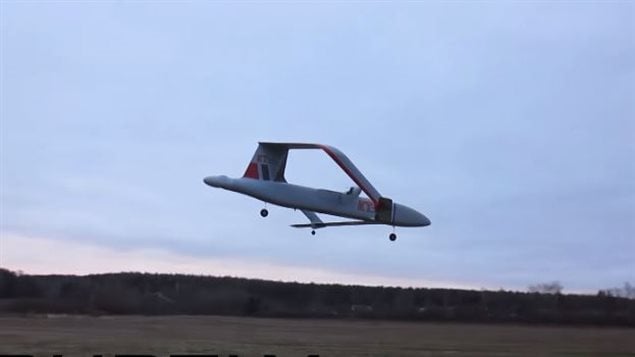Russia has unveiled a scale model of a multipurpose drone it plans to deploy in support of its civilian and military operations in the Arctic.
The unmanned aerial vehicle (UAV) nicknamed the “Frigate” with tilt-rotor engines is currently undergoing trials.
The Frigate, designed to be used for surveillance, search and rescue operations and cargo transportation purposes, is expected to become part of Russian air force units stationed in the Arctic.
The footage released last week shows a scaled-down model of the drone in action during tests of the aerial vehicle in spring and winter.
The drone, designed by the St. Petersburg-based Kronshtadt Group, is powered by two tilt-rotors on its folding wings as well as a stationary rotor at the back.
The design of the drone allows it to combine vertical takeoff and landing capabilities of a helicopter with the speed and reach of an airplane.
- Shipping company using drones in the Arctic
- How satellites are changing what we know, and can do, in the Arctic
- Drones over Alaska – UAVs may play big role in developing Arctic
Russia Today reports that the full-scale UAV will be able to carry a payload of 1,700 kg when taking off like an aircraft and 1000 kg when taking off like a helicopter. The engine design would allow the drone to reach altitudes of 8,000 meters and remain in flight for 10 hours.
Once completed, the massive drone will have a practical range of 5,000 km and could reach speeds of up to 700km/hr. At 3.1 meters tall, it will have a 19 meter wingspan that with folded consoles can be reduced to 10 meters.







For reasons beyond our control, and for an undetermined period of time, our comment section is now closed. However, our social networks remain open to your contributions.